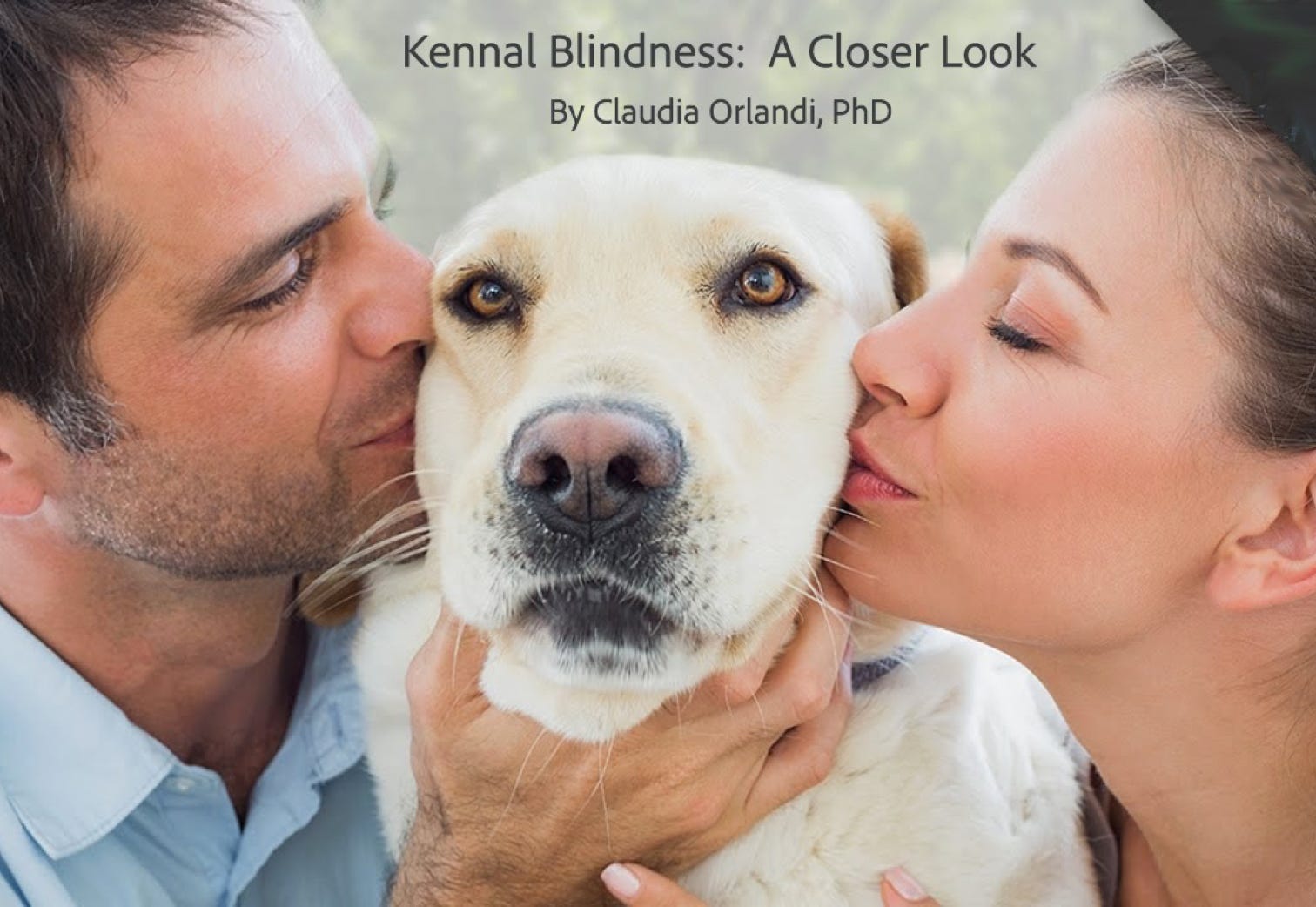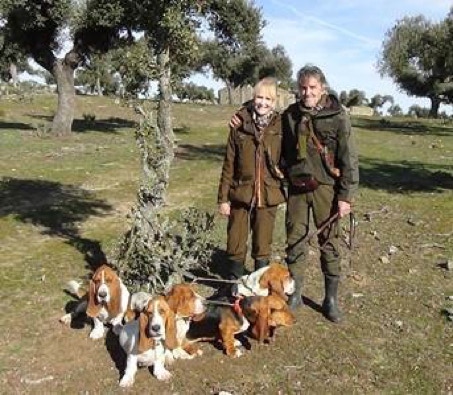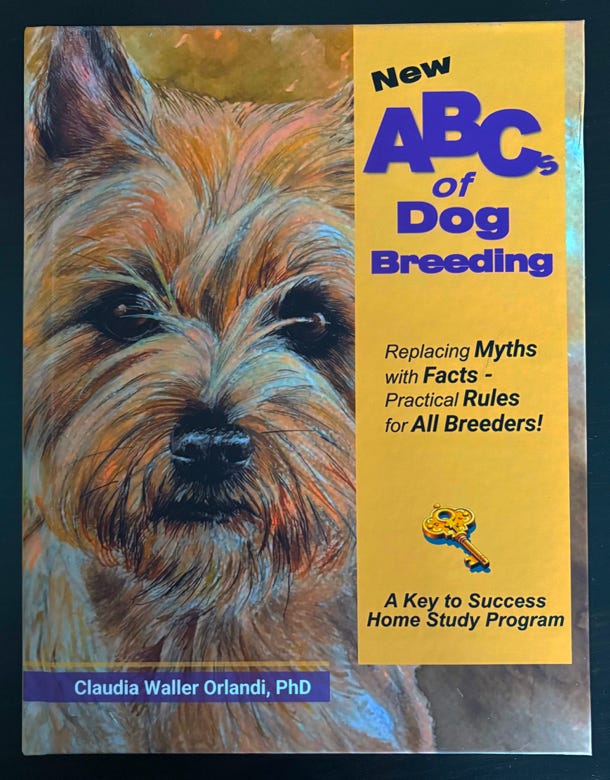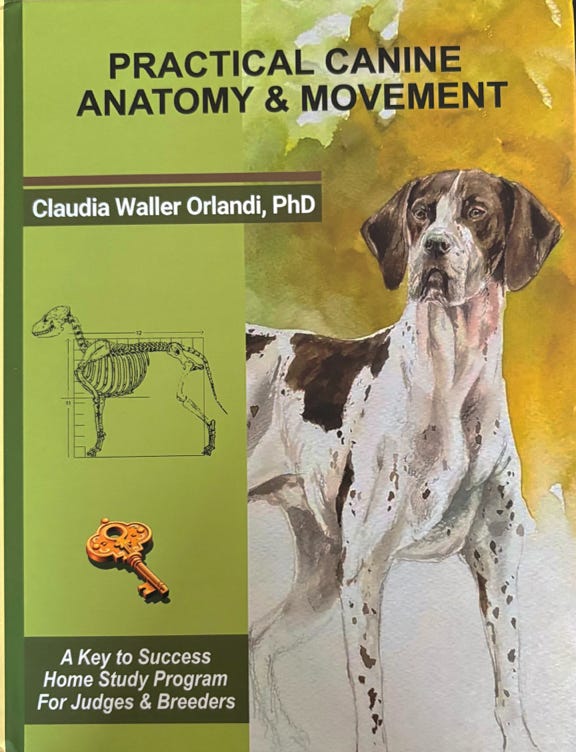UP YOUR DOG SHOW GAME
Helping Breeders &
Exhibitors Succeed in the Show Ring

ARE YOU AT RISK?

Kennel
Blindness:
A Closer Look
By Claudia Waller
Orlandi, PhD
A dog breeder’s knowledgeable use of genetic principles is of paramount importance to the success of a breeding program. But an all-too-common phenomenon known as kennel blindness can stop some breeding programs dead in their tracks. Most works on dog breeding devote relatively little space to the concept of kennel blindness, although the seriousness of this “breeder defect” and the lasting harm it can have on breeding success merit a closer look.
“The breeder, to be successful, must look his dogs...not only in the face, but in the body, front and running gear. Even to themselves many breeders will not acknowledge their failure when they fall short of their objective ...and in an effort to convince others of the perfection of their dogs, [they] convince …usually only themselves.”
-From The New Art of Breeding Better Dogs by K. Onstott
Prognosis
Because a kennel-blind breeder can become “blind” to serious faults and health defects in their dogs, these problems may become fixed in a couple of generations. Unless quickly diagnosed and treated, kennel blindness can lead to the demise of a successful breeding program.
Symptoms
Fortunately, most common symptoms of kennel blindness are easy to spot. Following are three of the most pervasive symptoms:
Symptom 1
The tendency to ignore the virtues and focus on the faults of a competitor’s dogs. Kennel-blind breeders tend to focus on negative features in dogs that are not their own. Oftentimes, what they view asa fault in someone else’s dog may be an acceptable variation of a style in that breed.
Treatment
Reread your breed’s AKC standard and understand that standards outline the essential aspects of a breed and that more than one style may be acceptable in your breed.
Be sure you understand the difference between breed type and style. A dog’s breed type is defined by its breed standard, which is the written description of the ideal dog of that breed. Style, on the other hand, is how individual breeders interpret the standard and artistically express various elements of breed type in the dogs they breed.
Each breeder’s interpretation of the standard can therefore result in a variation of styles within a breed. This may produce a range of excellence in a breed and allow dogs of various styles to be correct and fit their breed standard.
Finally, pretend you are a dog show judge, and get into the habit of looking first for the virtues in dogs bred and owned by others. If a dog is consistently winning under a number of different judges, it usually means that the dog has obvious virtues compared to its competition.
Symptom 2
The belief that you have bred the“perfect” dog. No “perfect” dog has ever or will ever be bred in any breed. Even what you consider your best can usually be improved upon.
Treatment
Realize that your concept of what is an ideal representative of your breed may become modified with the passage of time. Experience with a breed may gradually change the priority a breeder gives to certain features. A breeder who is a stickler for correct heads may gradually start realizing that angulation and movement are also important aspects in their breed.
Are you at risk?
Kennel blindness is more apt to be a problem for breeders who do not have an “eye” for a dog.
An eye for a dog is an almost innate ability to view a dog as one piece and to recognize balance, quality and correctness in any breed. Some breeders are simply not born with an eye for a dog. Despite having read and studied their breed's standard, they may be incapable of correctly evaluating structure and movement in the dogs they breed. Hence, they are blind to their dogs’ shortcomings.
Novice or even long-time breeders who are strongly affected by a dog’s temperament and personality.
Many kennel-blind breeders think all puppies are cute. These owners usually decide to breed their dog, not to improve the breed, but because they love its personality and want more puppies just like it. Breeders such as these are blinded by the love they have for their dog and can remain “blind” to the fact that their dog may lack quality.
Breeders who have produced quality animals in the past but are now struggling to stay on top.
Breeders who may have had a superstar in the past are usually looking for their next big winner. In some cases, their superstar may have resulted from good luck as opposed to thoughtful breeding practices based on genetic principles.
One scenario is a breeding program based solely on non-genetic breeding practices, such as like-to-like matings. Offspring of like-to- like matings cannot usually be counted on to pass on their traits because their homozygous gene pairs are not identical by descent.
It is an accepted genetic principle that offspring that carry higher proportions of identical by descent genes have a greater chance of passing on traits that are influenced by these genes. As a result, there may be less consistency and quality in the offspring.
A second scenario concerns the breeder who is confronted with inbreeding depression but refuses to consider outcrossing (the mating of unrelated individuals of the same breed) to bring in hybrid vigor. With each generation, the quality of dogs declines. In both scenarios, a burning desire to produce the next star may make breeders blind to the fact that they are producing below-average dogs.
Breed standards are breeders’ guides
Each breed of dog recognized by the AKC has its own standard, which is written by the national breed club or “parent club.” The breed standard provides a blueprint or complete picture of what the ideal dog of a particular breed should be like in appearance, structure and temperament. The standard may specify everything from the curvature of a dog’s tail to the color of its eyes. The breed standard is the official guide by which dogs are judged at dog shows.
Visit www.akc.org to view a complete breed standard for all the breeds recognized by the AKC. You may order breed-specific educational videos from the AKC. Many parent clubs offer more detailed information on the standard, such as amplifications and illustrations. Visit the AKC web site for links to National Parent clubs.

About the author: Claudia Waller Orlandi, Ph.D of Topsfield Basset Hounds has produced over 225 champions and has won over 150 Bests in Show and more than 500 Group Firsts. Topsfield has also produced numerous dual National Field Trial champions. Claudia’s enthusiasm for breeding is matched only by her passion for teaching and working with other breeders. She is a lay expert and her ABC’s of Dog Breeding and Practical Canine Anatomy & Movement home study programs have been sponsored by the American Kennel Club. Knowledge, coupled with integrity and honesty about health problems, are cornerstones of her breeding and teaching philosophy. In 2009, Claudia was named the AKC Breeder of the Year. She received the AKC Lifetime Achievement Award in Conformation in 2018.
Claudia’s two updated books are perfect for home study and a must read for every breeder.
They are available at AKC Shop.


